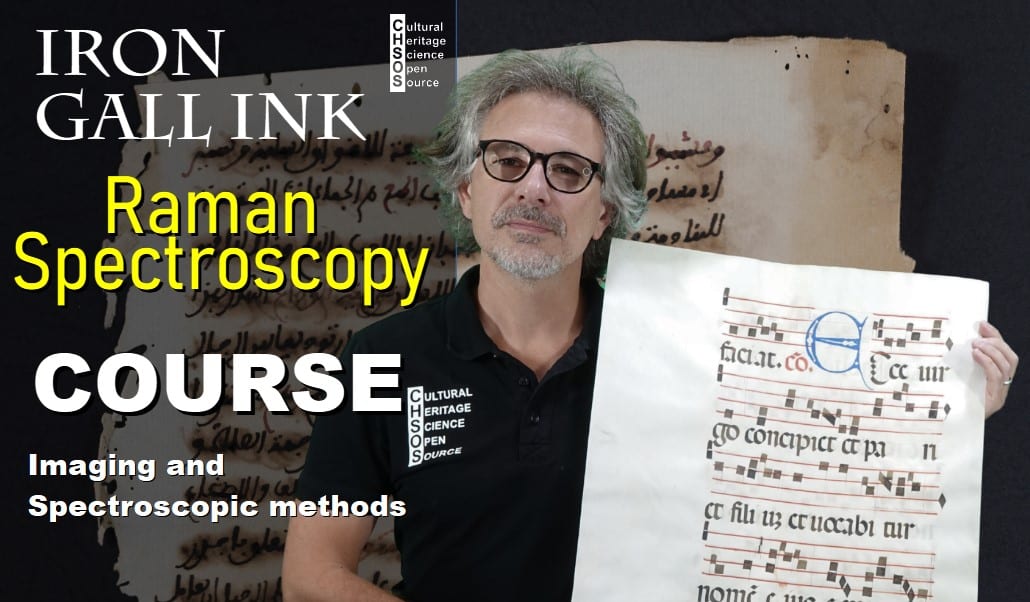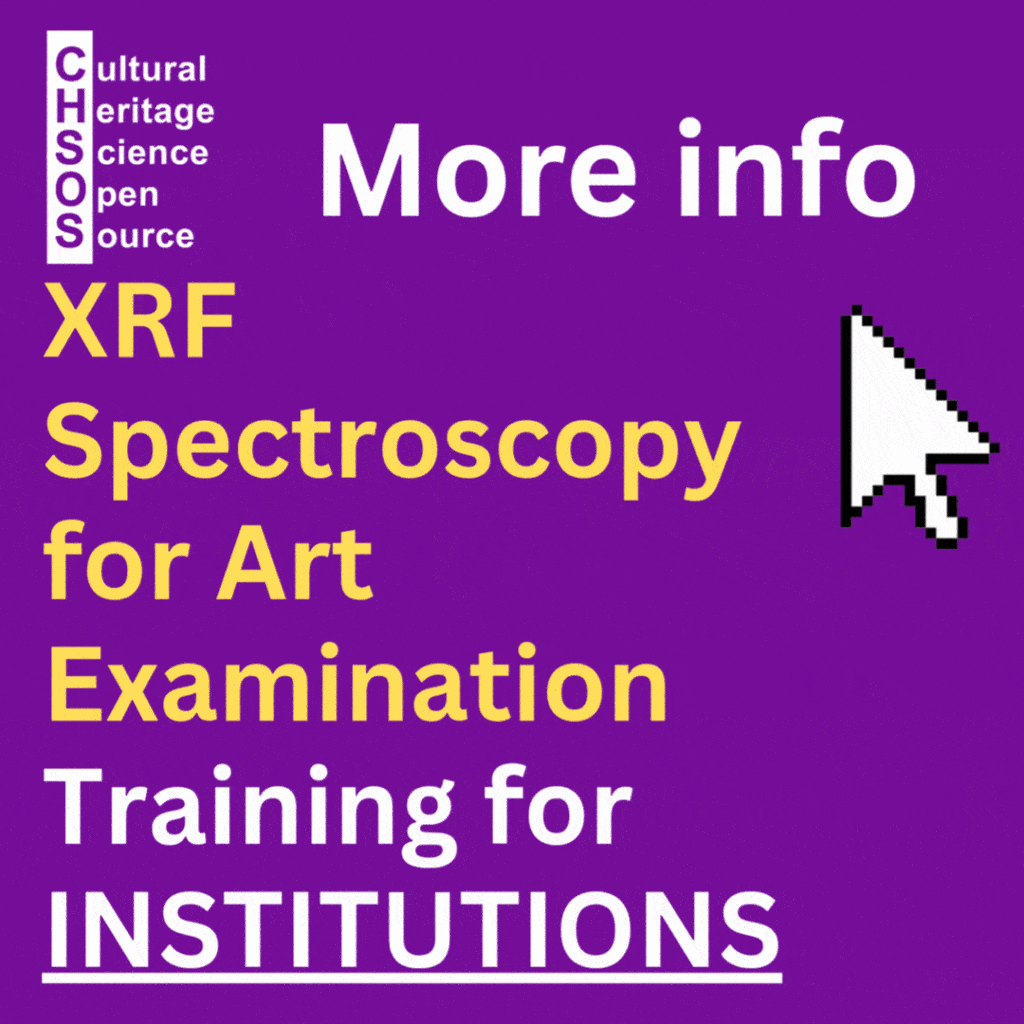
Lesson: Raman Spectroscopy
This lesson introduces the use of Raman spectroscopy, a non-destructive analytical technique, for the investigation and identification of iron gall ink on paper and parchment. Participants will explore the working principles of Raman spectroscopy, its application in identifying the chemical composition of iron gall ink, and the challenges associated with fluorescence interference.
Objectives:
- Understand the principles and applications of Raman spectroscopy in identifying iron gall ink.
- Learn how to differentiate between the ink and its supports (parchment and paper) using spectral data.
- Recognize the significance of various laser wavelengths in optimizing Raman signal detection and reducing fluorescence.
- Analyze spectra of historical documents and modern standards to interpret the composition of the ink.
Materials:
- Raman spectrometer with multiple wavelength options
- 16th-century antiphonary (parchment)
- 1527 paper document (Parma, Italy)
- Pigments checker for standard iron gall ink reference
Lesson Plan:
1. Introduction to Raman Spectroscopy:
-
-
- Discuss the fundamental concepts of Raman spectroscopy, focusing on how light interacts with materials to reveal their chemical composition.
- Explain the challenges of fluorescence interference and how different laser wavelengths (532 nm, 632 nm, 785 nm, 830 nm, and 1064 nm) can mitigate this issue to enhance Raman signal detection.
-
2. Raman Spectroscopy Equipment Overview:
-
-
- Introduce the various Raman systems available in the lab, highlighting the advantages and limitations of each laser wavelength in detecting weak Raman signals.
- Demonstrate how to position samples under the spectrometer and adjust the focus to acquire accurate measurements.
-
3. Practical Experiment – Analyzing Iron Gall Ink:
-
-
- Step 1: Measure the reference iron gall ink using the Pigments Checker.
- Acquire and analyze the Raman spectrum, identifying the key peaks that characterize iron gall ink.
- Step 2: Measure the parchment from the 16th-century antiphonary.
- Analyze the spectra of both the parchment and the ink separately, highlighting the peaks corresponding to the collagen in the parchment.
- Step 3: Measure the 1527 paper document from Parma, Italy.
- Compare the spectra of the paper and the ink, identifying key features like the cellulose in the paper and iron gall ink peaks.
- Step 1: Measure the reference iron gall ink using the Pigments Checker.
-
4. Data Analysis and Interpretation:
-
-
- Compare the spectra of the reference iron gall ink, parchment, and paper.
- Highlight key Raman peaks (such as the primary amide from parchment collagen and cellulose peaks in paper) and the differences between the ink and its supports.
- Discuss how to distinguish between the ink’s spectrum and the support material in a historical document analysis.
-








